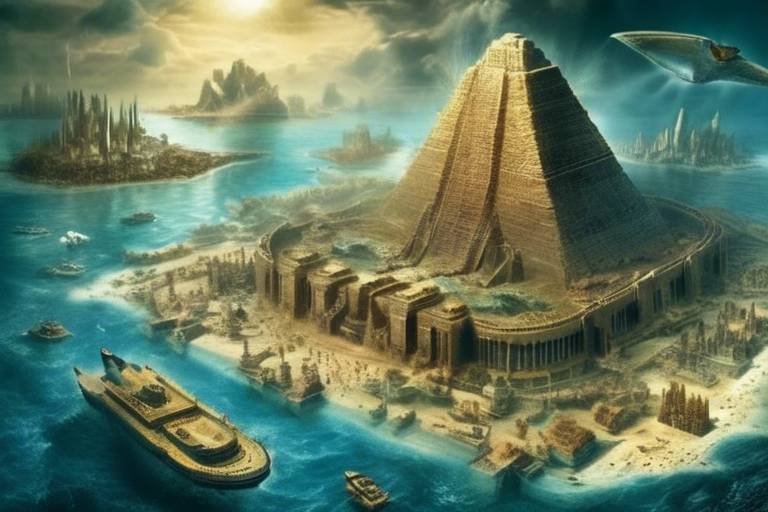The Mystery of the Ancient Hittite Empire
Have you ever wondered about the enigmatic civilization of the Hittites, an ancient empire that thrived in Anatolia during the Bronze Age? The Hittites, often overshadowed by other ancient civilizations, hold a treasure trove of mysteries waiting to be unraveled. From their origins to their decline, the story of the Hittite Empire is a fascinating journey through time.
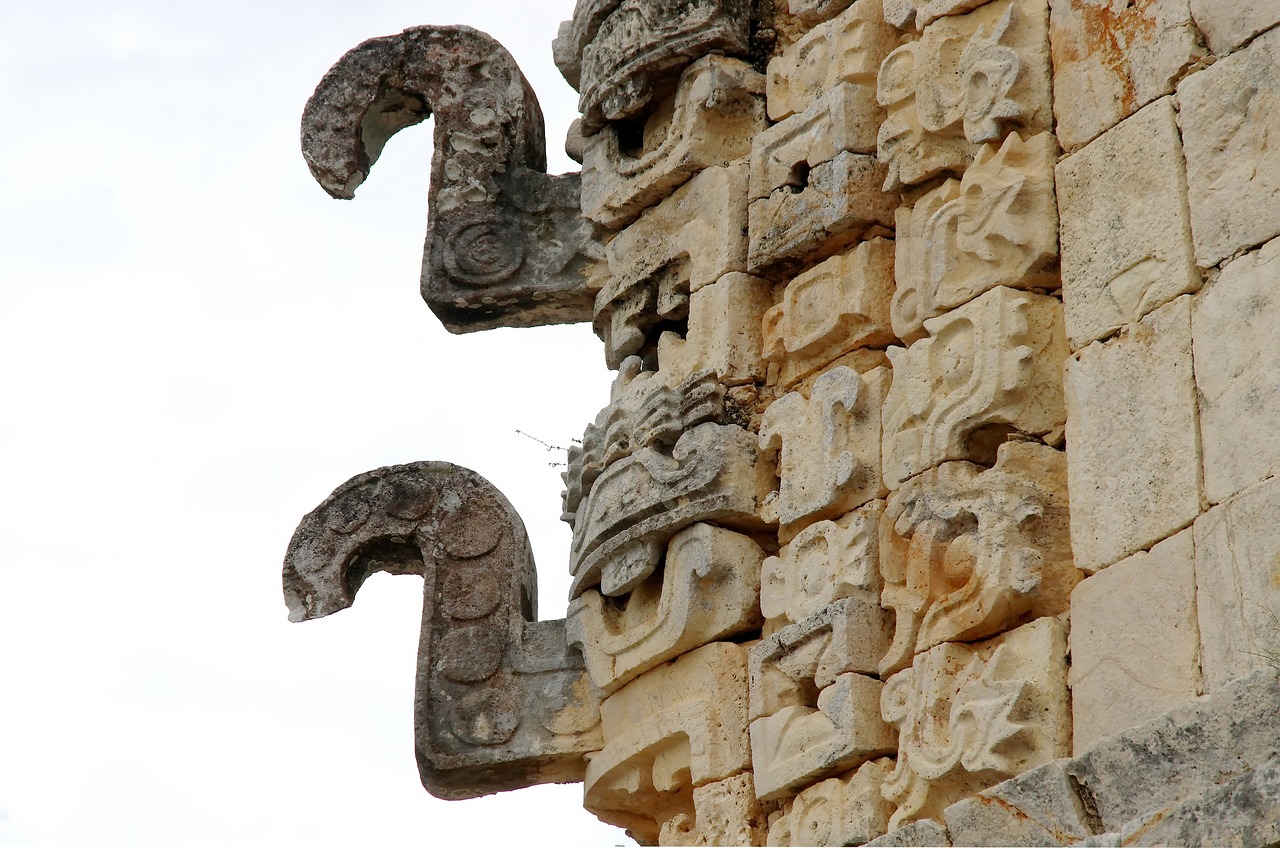
Origins of the Hittite Empire
The origins of the Hittite Empire date back to the 17th century BCE, a time shrouded in mystery and intrigue. Emerging in the region of Anatolia, the Hittites rose to power through a combination of strategic alliances, military prowess, and diplomatic finesse. Their early history is a tapestry of conquests and assimilations, as they gradually expanded their influence across the Anatolian plateau.
One of the defining moments in the rise of the Hittite civilization was the establishment of their capital city, Hattusa. Nestled among the rugged mountains of central Anatolia, Hattusa served as the political and religious heart of the empire, a symbol of Hittite power and sophistication. The city's impressive fortifications and grand temples stand as a testament to the Hittites' engineering prowess and organizational skills.
As the Hittite Empire grew in size and strength, it came into contact with other major powers of the ancient world, such as Egypt and the Assyrians. Through trade, diplomacy, and occasional conflict, the Hittites navigated a complex web of international relations, shaping their identity as a formidable player on the Bronze Age stage.
However, the exact origins of the Hittites remain a subject of debate among historians and archaeologists. The language they spoke, known as Hittite, is an enigma that continues to puzzle scholars to this day. The Hittite script, a complex system of cuneiform writing, has provided valuable insights into their culture and history, yet many aspects of their language and origins remain elusive.
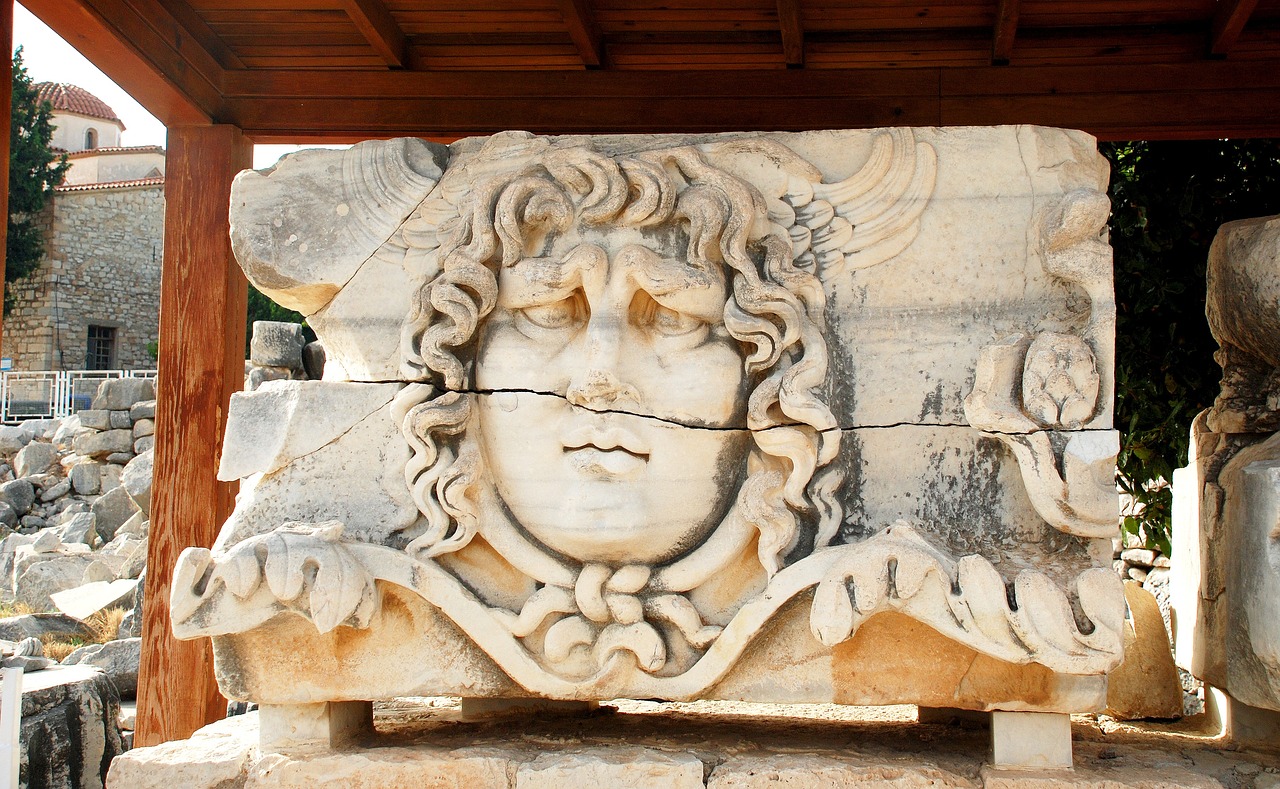
Hittite Society and Culture
The Hittite society and culture were a tapestry of intricacies that reflected the richness of this ancient civilization. Within the social structure of the Hittite Empire, there existed distinct classes that delineated the roles and responsibilities of its members. From the ruling elite to the common laborers, each stratum contributed to the functioning of Hittite society.
Religious beliefs held a paramount position in Hittite culture, shaping every aspect of daily life. The pantheon of Hittite gods and goddesses influenced not only religious practices but also political decisions and social norms. Rituals and ceremonies were central to maintaining harmony with the divine forces believed to govern the universe.
Art and architecture flourished in the Hittite Empire, leaving behind a legacy of creativity and craftsmanship. Intricate metalwork, monumental statues, and imposing fortifications showcased the artistic prowess of the Hittite people. Their architectural marvels stood as testaments to their advanced engineering skills and aesthetic sensibilities.
Moreover, the Hittites were known for their legal system, which laid the foundation for future legal codes in the ancient Near East. Their language, a precursor to the Indo-European languages, left a lasting imprint on the linguistic landscape of the region. The Hittite influence permeated through time, shaping the cultural tapestry of subsequent civilizations.
As we delve deeper into the society and culture of the Hittites, we unravel a world teeming with complexity and sophistication. Their customs, beliefs, and achievements offer a glimpse into a civilization that thrived amidst the tumultuous currents of the ancient world.

Religious Practices of the Hittites
The religious practices of the Hittites were a central aspect of their civilization, shaping their daily lives and societal structure. At the core of Hittite religion was a diverse pantheon of gods and goddesses, each representing different aspects of nature, fertility, war, and the underworld. The Hittites believed in the presence of divine forces in all aspects of life, from the cycle of seasons to the outcome of battles.
One of the most prominent deities in the Hittite pantheon was the storm god, known as Tarhunt. He was revered as the supreme god, symbolizing power, strength, and protection. The Hittites offered prayers and sacrifices to Tarhunt in times of war or natural disasters, seeking his favor and intervention.
Religious rituals played a significant role in Hittite society, with priests and priestesses performing elaborate ceremonies to appease the gods and ensure prosperity and well-being. These rituals often involved offerings of food, drink, and precious objects, as well as sacred dances and music.
The Hittites also practiced divination, seeking guidance from oracles and interpreting omens to predict the future and make important decisions. They believed that the gods communicated with them through signs and symbols, guiding their actions and shaping their destinies.
Furthermore, the Hittites constructed elaborate temples and sanctuaries dedicated to their deities, adorned with intricate reliefs and statues depicting the gods in all their glory. These architectural marvels served as centers of worship and pilgrimage, attracting devotees from far and wide.
In conclusion, the religious practices of the Hittites were a complex and integral part of their civilization, influencing every aspect of their lives and leaving a lasting legacy that continues to fascinate historians and archaeologists to this day.

Art and Architecture of the Hittites
The art and architecture of the Hittites stand as a testament to their advanced craftsmanship and creative prowess. The Hittite Empire excelled in various artistic forms, ranging from intricate metalwork to monumental architectural structures that showcased their ingenuity and skill.
One of the most remarkable aspects of Hittite art was their mastery of metalworking. The Hittites were renowned for their production of exquisite metal artifacts, including ornate jewelry, weapons, and ceremonial objects. The intricate designs and fine details of these pieces reflect the artistic sophistication of the Hittite craftsmen.
In addition to their metalwork, the Hittites also left behind a legacy of impressive architectural achievements. The Hittite capital city of Hattusa, for example, boasted grand temples, palaces, and fortifications constructed with massive stone blocks. These structures not only served practical purposes but also symbolized the power and grandeur of the Hittite rulers.
The Hittites were pioneers in the use of stone masonry, employing advanced techniques to create durable and imposing buildings. The Great Temple of Hattusa, with its massive stone walls and intricate carvings, is a prime example of Hittite architectural prowess. The meticulous craftsmanship and attention to detail in their constructions highlight the Hittites' dedication to creating enduring works of art.
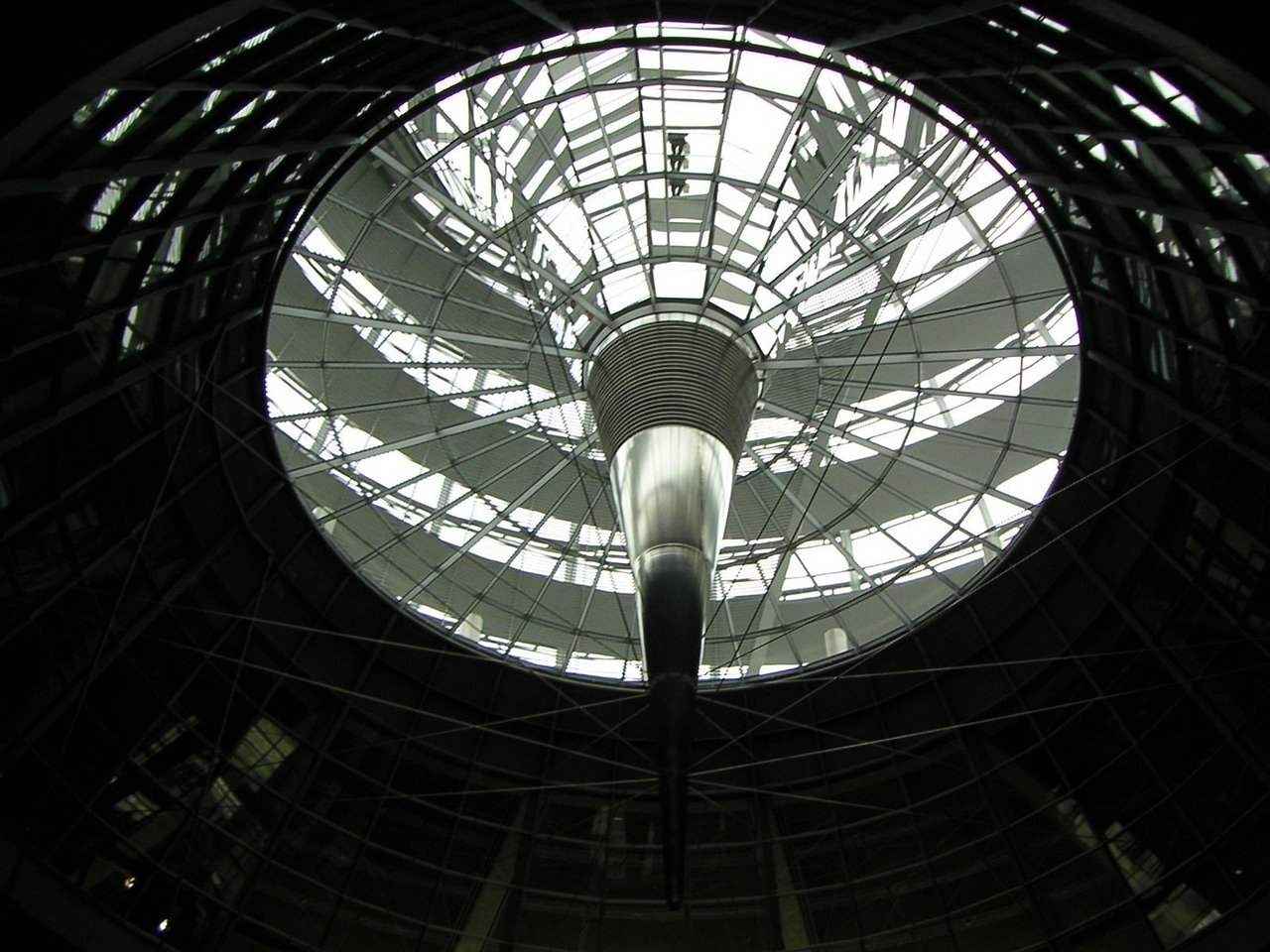
Decline and Fall of the Hittite Empire
As we delve into the tumultuous period of the Decline and Fall of the Hittite Empire, we uncover a narrative rife with intrigue and upheaval. The once-mighty civilization, which had stood as a formidable power in Anatolia for centuries, began to face a series of challenges that would ultimately lead to its demise.
One of the primary factors contributing to the decline of the Hittite Empire was the constant threat of invasions from neighboring powers. The Hittites found themselves embroiled in conflicts with formidable adversaries, putting a strain on their military resources and weakening their hold on the region.
Internal strife also plagued the empire, as rival factions vied for power and influence within the Hittite hierarchy. Political instability and infighting further weakened the empire, making it vulnerable to external threats and internal discord.
Perhaps one of the most enigmatic elements of the Hittite Empire's downfall is the mysterious Sea Peoples. These seafaring raiders swept through the Eastern Mediterranean during the late Bronze Age, wreaking havoc on coastal civilizations, including the Hittites. The exact origins and motivations of the Sea Peoples remain shrouded in mystery, but their impact on the Hittite Empire was undeniable.
As the Hittite Empire struggled to withstand external pressures and internal conflicts, its once-mighty capital of Hattusa fell into disarray. The grandeur of the city faded, and its monumental structures crumbled, symbolizing the waning power and influence of the Hittite civilization.
In the face of mounting challenges, the Hittite Empire ultimately succumbed to the forces arrayed against it, marking the end of an era that had shaped the landscape of Anatolia for centuries. The decline and fall of the Hittite Empire stand as a testament to the ebb and flow of ancient civilizations, reminding us of the impermanence of even the most powerful empires.
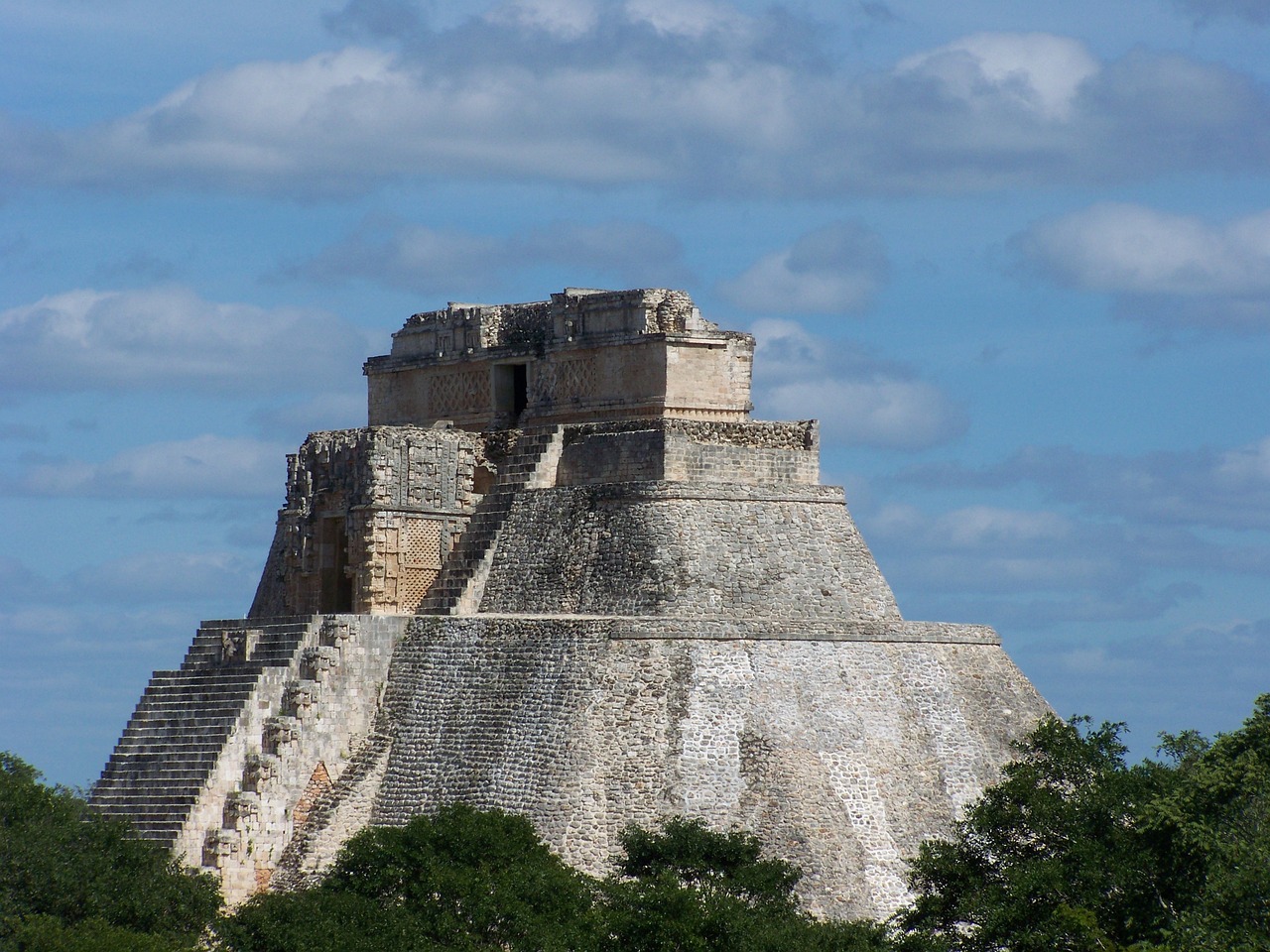
Legacy of the Hittites
The legacy of the Hittites reverberates through the annals of history, leaving an indelible mark on the ancient world. Their influence transcends time, shaping the development of subsequent societies and cultures in profound ways. One of the most enduring legacies of the Hittites is their legal system, which laid the groundwork for future legal codes and systems of justice. The Hittites were pioneers in establishing laws and regulations that governed various aspects of society, demonstrating a sophisticated understanding of governance and order.
Furthermore, the Hittites' language, known as Hittite-Luwian, has left a lasting impact on linguistic studies and the decipherment of ancient scripts. Scholars continue to unravel the complexities of the Hittite language, shedding light on the linguistic connections between different civilizations of the ancient Near East. The preservation of Hittite texts and inscriptions has been instrumental in expanding our knowledge of the region's history and culture.
In addition to their legal and linguistic legacy, the Hittites' influence on art and architecture is undeniable. Their skilled craftsmanship and innovative designs set a standard for architectural excellence in the ancient world. The grand temples, palaces, and fortifications built by the Hittites showcase their advanced engineering techniques and artistic prowess, inspiring awe and admiration in modern-day observers.
Moreover, the Hittites' diplomatic and military strategies have left a lasting imprint on the geopolitics of the ancient Near East. Their alliances, treaties, and military campaigns shaped the balance of power in the region, influencing the dynamics of international relations for centuries to come. The Hittites' ability to navigate complex political landscapes and forge alliances with neighboring kingdoms is a testament to their diplomatic acumen and strategic foresight.

Modern Discoveries and Research
Exploring the enigmatic civilization of the Hittites, an ancient empire that thrived in Anatolia during the Bronze Age. Unraveling their history, culture, and legacy sheds light on this often-overlooked civilization.
Delving into the origins of the Hittite civilization, tracing their roots back to the 17th century BCE and exploring how they rose to power in the region of Anatolia.
Examining the social structure, religious beliefs, art, and architecture of the Hittite Empire to understand the daily life and customs of this ancient civilization.
Exploring the complex religious beliefs and practices of the Hittites, including their pantheon of gods, rituals, and the role of religion in their society.
Discovering the artistic achievements and architectural marvels of the Hittite Empire, from intricate metalwork to grand temples and fortifications that showcase their advanced craftsmanship.
Investigating the factors that led to the decline and eventual collapse of the Hittite Empire, including invasions, internal strife, and the mysterious Sea Peoples.
Exploring the lasting impact of the Hittite civilization on subsequent societies and cultures, from their legal system and language to their influence on the ancient Near East.
Recent archaeological findings and ongoing research have continued to shed new light on the history and mysteries of the ancient Hittite Empire. Archaeologists have unearthed remarkable artifacts that provide insights into the daily lives of the Hittites, such as intricately carved stone tablets containing legal documents and religious texts. These discoveries have revolutionized our understanding of this ancient civilization and its interactions with neighboring cultures.
Examining the unanswered questions and enigmas surrounding the Hittite civilization, from the origins of their language to the secrets of their lost capital city.

Unsolved Mysteries of the Hittites
The continue to intrigue historians and archaeologists alike, offering a glimpse into the enigmatic aspects of this ancient civilization. One of the most perplexing mysteries is the origins of the Hittite language, which remains a subject of debate among scholars. Despite significant advancements in deciphering their cuneiform script, the exact linguistic connections of the Hittite language remain elusive, adding an air of mystery to their communication methods.
Another enigma shrouding the Hittites is the location and fate of their capital city, Hattusa. While archaeological excavations have unearthed significant remains of the city, including temples, palaces, and fortifications, the complete layout and secrets of Hattusa are yet to be fully uncovered. The intricate city planning and defensive structures of Hattusa hint at a sophisticated urban center, but many questions regarding its governance and daily life remain unanswered.
Furthermore, the relationship between the Hittites and the Sea Peoples, a mysterious confederation of maritime raiders who contributed to the downfall of several ancient civilizations, remains a subject of speculation. The role of the Sea Peoples in the collapse of the Hittite Empire and their interactions with the Hittite military and society are topics that continue to puzzle researchers, highlighting the complex geopolitical landscape of the Late Bronze Age.
Despite decades of archaeological excavations and scholarly research, the serve as a reminder of the enduring allure of ancient civilizations and the ongoing quest to unravel their secrets. As new discoveries and technological advancements shed light on the past, the mysteries surrounding the Hittites offer a tantalizing challenge for those seeking to piece together the puzzle of this fascinating civilization.
Frequently Asked Questions
- What is the significance of the Hittite Empire?
The Hittite Empire was a major power in the ancient Near East, known for its advanced military tactics, diplomatic prowess, and cultural achievements. Their legacy includes influencing subsequent civilizations and leaving behind a rich archaeological record.
- How did the Hittite Empire rise to power?
The Hittites rose to power through strategic alliances, military conquests, and skilled leadership. Their ability to adapt to changing circumstances and leverage their resources allowed them to become a dominant force in Anatolia during the Bronze Age.
- What led to the decline of the Hittite Empire?
The decline of the Hittite Empire was influenced by factors such as invasions, internal conflicts, and the impact of the mysterious Sea Peoples. These challenges weakened the empire, ultimately contributing to its collapse.
- What are some unsolved mysteries of the Hittites?
Unsolved mysteries surrounding the Hittites include the origins of their language, the location of their lost capital city, and the reasons behind certain religious practices. These enigmas continue to intrigue researchers and historians.

















